Royal Shrovetide Football, Ashbourne
Tuesday, 19th October 2010 by Ian Brown
The small Derbyshire town of Ashbourne is home to an ancient and extremely unusual sporting event - the Royal Shrovetide Football Match, which lasts for two days and involves hundreds of participants.
This pre-Lent tradition is believed to date back to the 12th century, with one slightly gruesome theory being that it originated with the head of an executed person being thrown into a crowd of spectators.
Over the centuries, the sport has developed two teams - the Up'Ards and Down'Ards, respectively born north or south of Henmore Brook, a river that runs through the town. These days, the local residents are joined by large numbers of 'tourists', swelling their ranks into the hundreds.
The match runs from 2pm to 10pm each day and can actually consist of a number of games as a new one is started whenever a goal is scored. Each game begins with a ball being launched ('turned up') into the crowd from a raised platform, generally by a visiting dignitary - in the past including members of the royal family. While it may once have been in the centre of town the plinth is now on the edge of a large car park.
Due to the large numbers of people involved, and a general level of aggressiveness, the town shuts down for the two days, with shop fronts covered with boards to protect their windows.
One prominent location on the main street is the Green Man - a pub and hotel where locals enjoy a lunch before each match, with ale specially brewed for the occasion. The bars are lined with wooden plaques recording the results from each year's contest.
The massive scrum of hundreds of people roams through the town and surrounding farms, often ending up in rivers, streams and ponds. Because of this, the leather-covered ball is made of cork so that it will float, and both teams have a number of players who specialise in water play.
The two goals are on the river, almost 5km apart to the east and west of the town - traditionally a pair of mills where players had to hit the ball three times on a mill stone to score. Since the mills were demolished special goals have been created in each location. The scorer of a goal gets to keep the ball, which is then decorated in their honour, and the next game starts with a new ball.
The Down'Ards attempt to reach Clifton Mill, where the goal is visible on Street View, though the actual mill-stone used for scoring is on the other side, facing the river.
Nearby is a memorial bench for David Johnson, a popular local player who passed away at the end of 2007's match, along with a sign explaining the history of the game.
The game is controlled quite strictly by the local players, particularly when it comes to scoring - with locals being selected as scorer en route to a goal, rather than allowing a 'tourist' that privilege.
The Up'Ards try to reach Sturston Mill, unfortunately not a location visited by Street View.
There are just a few formal rules to govern the contest; I'm not sure if it's disturbing or reassuring that one rule specifically prohibits causing bodily harm to other players! Generally players are not allowed to hide the ball inside coats, bags etc - though it is often not seen for long periods of time as it is secretively transferred between players on the same team. The ball cannot be carried in a motor vehicle, and there are a few locations which are out of bounds, such as churchyards and cemeteries.
While Ashbourne is one of the last locations where Shrovetide Football takes place, it was once common across the county, including the city of Derby itself, which some believe led to the development of the term 'local derby' when referring to a sporting contest taking place between two nearby teams.
You can learn more about Shrovetide Football at shrovetide.net, which has a good guide to the game. This Google map has all the important locations marked. And Wikipedia has lots of useful links, including many pictures, and HD video of this year's game.

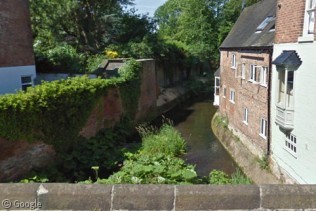
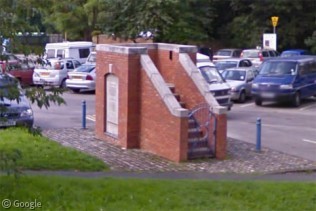
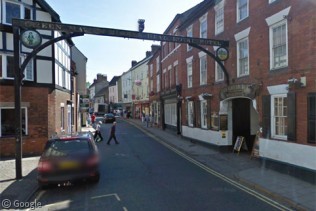
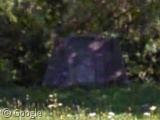
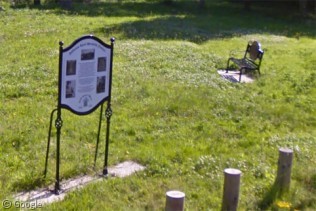
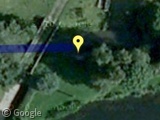
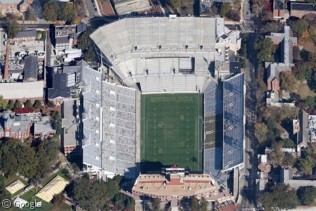
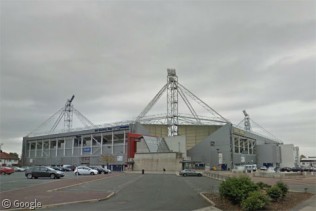
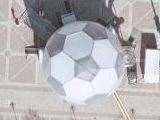
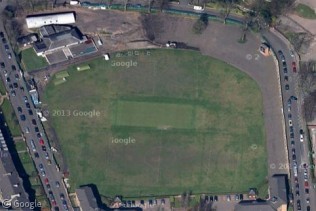
Unique is an absolute. Nothing is ‘very unique’ or ‘kind of unique’. It’s either unique (one of a kind) or it isn’t.
Thank you Para, I can’t believe the editor let that one slip by!
If I had to guess, I’d say that he were feeling mighty silly right now.
Not that I’d know, obviously. ahem